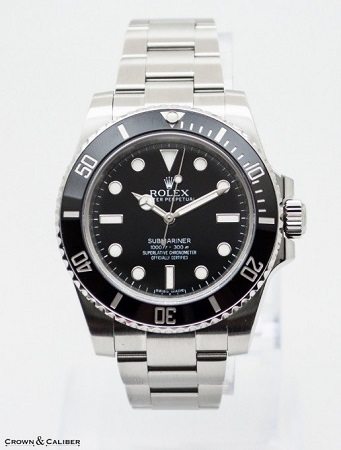Rolex is perhaps one of the most collectible brands out there. There are many reasons for this, but one we want to highlight here is the perception that a Rolex will increase value over time. In many cases this is true. Certain Rolex models have captured the headlines for their appreciation – namely the most collectible/rare models (ie Paul Newman dials, Double reds, unique Submariners, etc). We absolutely love vintage Rolex.

Most articles on vintage Rolex discuss the uber-rare models. We wanted to focus our efforts on the more “mainstream” vintage Rolexes – and uncover the appreciation of these models. One of the things we wanted to specifically shed light on is a factor that is rarely considered when discussing vintage Rolex appreciation: inflation.
Lets use an example: the Rolex GMT 1675 . Yes, there are some really rare versions of this, but let’s look at a “normal” 1675 to support our point. In 1970, this watch could be purchased for $255. In 2013, that same 1970 version can be purchased for around $6,000. That sounds like an incredibly valuable investment. However, when accounting for inflation, that $255 purchase price was really $1,553 in today’s dollars. Therefore, to go from $1,533 in 1970 to $6,000 in 2013, the watch realized a 3%/year inflation adjusted increase in value.
________________________________
Rolex Prices Guide – Power of Inflation
________________________________
We thought you would find the above chart* to be an interesting illustration of the power of inflation when calculating the true “appreciation” of a watch.
*Chart was adapted from information which first appeared on minus4plus6.com.
Get More Articles Like This in Your Inbox
We're constantly creating great content like this. So, why not get it delivered directly to your inbox? By subscribing you agree to our Privacy Policy but you can unsubscribe at any time.






